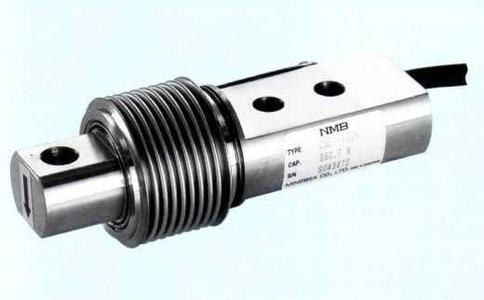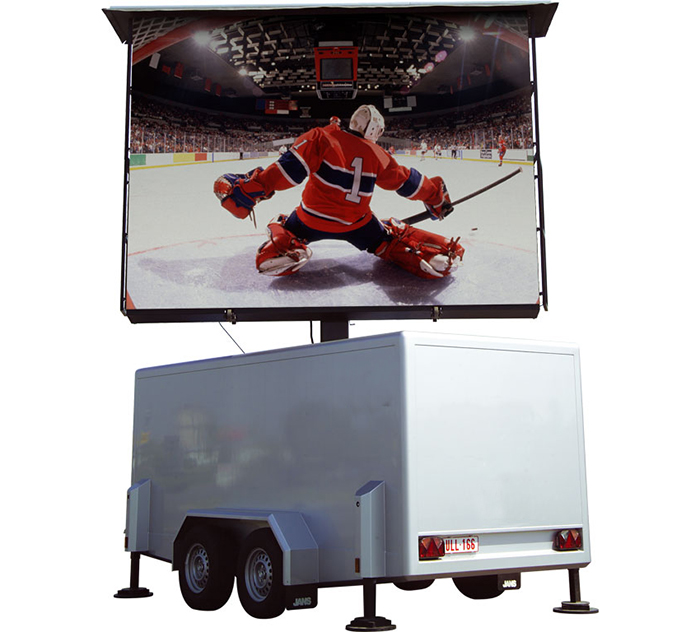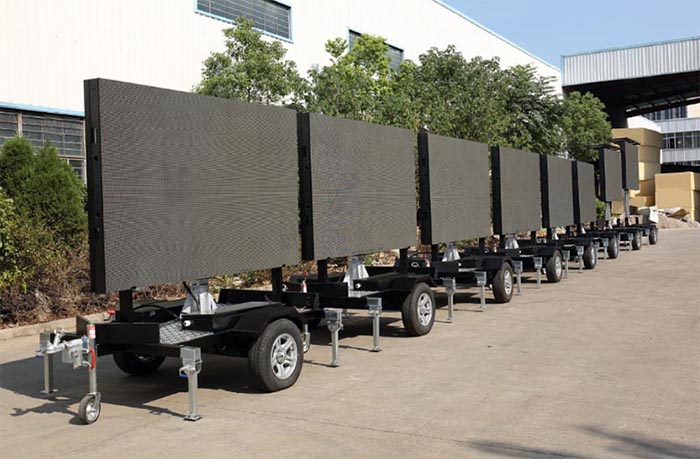 At present, about tens to hundreds of sensors are installed on an ordinary family car. The number of sensors on a luxury sedan can be as many as 200, and the number is usually more than 30, and as many as 100.
At present, about tens to hundreds of sensors are installed on an ordinary family car. The number of sensors on a luxury sedan can be as many as 200, and the number is usually more than 30, and as many as 100. 1. Sensors used in electronically controlled fuel injection engines 1. Intake pressure sensor: reflects the change in the absolute pressure in the intake manifold and is a reference signal that provides the ECU (engine electronic control unit) with the duration of fuel injection calculations. Domestic Audi 100 car (V6 engine), Santana 2000 car, Beijing Cherokee (25L engine), Toyota Crown 3.0 sedan, etc. adopt this pressure sensor. Currently widely used is a semiconductor varistor type intake pressure sensor.
2. Air flow sensor: Measure the amount of air drawn by the engine and provide it to the electronic control unit (ECU) as the reference signal for the injection time. According to different measurement principle, it can be divided into rotary air flow sensor (Toyota PREVIA wagon) , Karman vortex air flow sensor (Toyota Lexus LS400 sedan), hot-wire air flow sensor (Virgo's vehicle with the VG30E Nissan Maxima and domestic Tianjin Sanfeng Bus TJ6481AQ4 installed with the Volvo B230F engine) and hot-film air flow sensor four types. The former two are volume flow types, and the latter two are mass flow types. At present, there are mainly two kinds of hot air flow sensors and hot film air flow sensors.
3. Throttle position sensor: measures the throttle opening angle, provides the ECU as a reference signal for fuel cut, fuel/air ratio control, ignition advance angle correction; it has three types: switch contact type throttle position sensor (Santa Type 2000 passenger car and Tianjin Sanfeng Bus), linear variable resistance throttle position sensor (Beijing Cherokee), integrated throttle position sensor (domestic Audi 100 V6 engine).
4. Crankshaft angle sensor: also called crankshaft position sensor, used to detect the crankshaft and engine speed, provided to the ECU as a reference signal to determine the ignition timing and working order; there are three types: electromagnetic pulse type crankshaft position sensor, Hall effect type Crankshaft position sensor (Santana 2000 sedan and Beijing Cherokee), photoelectric effect type crankshaft position sensor. The type of crankshaft position sensor is different, and its control method and control accuracy are also different. Crankshaft position sensors are generally installed on the side of the crankshaft pulley or sprocket, some are installed on the front end of the camshaft, and some are installed on the distributor (Santana 2000 sedan).
5. Oxygen sensor: detects the concentration of oxygen in the exhaust gas and provides it to the ECU as a reference signal for controlling the fuel/air ratio near the optimal value (theoretical value);
6. Intake air temperature sensor: detects the intake air temperature and provides it to the ECU as the basis for calculating air density;
7. Water temperature sensor: Detect the temperature of the coolant and provide the engine temperature information to the ECU.
8. Detonation sensor: It is installed on the cylinder body to specifically detect the deflagration condition of the engine and provide the ECU to adjust the ignition advance angle according to the signal.
9. Knock sensor: Installed on the engine block to monitor the knocking of the engine at any time. At present, there are two major types, resonant and non-resonant.
Second, the sensor used in the chassis control 1. Transmission: There is a speed sensor, temperature sensor, shaft speed sensor, pressure sensor, etc., the direction of the device has a corner sensor, torque sensor, hydraulic sensor;
2. Suspension: There is a speed sensor, acceleration sensor, body height sensor, roll angle sensor, angle sensor, etc.;
3.ABS: There is a wheel speed sensor.
Third, the sensor and safety performance of the body are closely related to airbag sensors, side anti-collision sensors, ranging sensors.
Fourth, the lighting and electrical system sensors are mainly light detection sensors, raindrop sensors, air conditioning temperature sensors, seat position sensors.
In addition, vehicle chassis control, vehicle positioning/position, object detection, visual enhancement, automotive environment heating, ventilation, air conditioning and engine and transmission control, automatic adjustment of driver seat, automatic adjustment of driver seat, electronically controlled fuel injection, exhaust emission , Anti-lock braking system, headlight brightness control, etc. Electronic automatic control must rely on the sensor's information.
Trailer LED Display is designed as a fully integrated mobile LED video solution. ready to go at any time.
Adaptability:No matter it is sunny or rainy, it does not affect the movement of the truck and the viewing effect of the audience.
High flatness precision: with die-cast aluminum technology, the tolerance of cabinet and module are controlled within 0.1mm, screen flatness and split joint gap are controlled within 0.5mm.
Movement:The product has good shockproof due to the mobility of the truck.For mobile Trailer Led Display, Its main feature is high level anti-shake, this is very important for movable led screen.
Clear view:High refresh, high gray scale, high color contrast, and high quality picture effect.
Ingress protection:The ingress protection of the front is IP65 as well as the IP54 of the rear,which meets the standard of Outdoor Led Display.
Customized:we can customize the screen size for any trailer model to accommodate the needs of individual customers at any event in as little time as possible.
Advantages
1.High brightness and clearly display effect with easy use control system which allow you to operate easier.
2.High refresh, high gray scale, high color contrast, and high quality picture effect.
3.A features of it is the wide audience range from one place to another due to the mobility of trucks.It also relieved the district restrictions,attract more people to watch.
4.Wide viewing angle (140° in horizontal and 140° in vertical).
5.100% QC inspection before Shipment. Module surface flatness ± 0.5mm, the entire screen has good flatness


Trailer LED Display
Trailer Led Display,Trailer Led Screen,Mobile Trailer Led Screen,Roadshow Trailer Led Display
Shenzhen Bako Vision Technology Co., Ltd. , http://www.rentalleddisplays.com